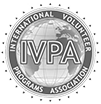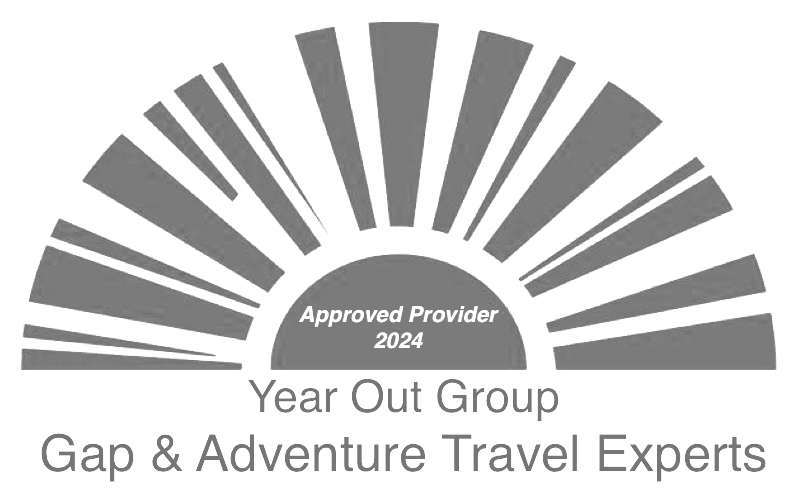How does wildlife rehabilitation work?
A number of recent articles have celebrated the return of wildlife to their natural environment - the return of baby flamingos in Kimberley, loggerhead turtles swam free with help from the Two Oceans Aquarium in Cape Town and the release of a rescued pangolin in Zululand after its recovery at the Johannesburg Wildlife Veterinary Hospital.
Wildlife rehabilitation is more than finding an orphaned or injured animal and setting it free in the bush or ocean. There are a number of things to consider when dealing with wildlife - how old is the animal, and can it be rehabilitated? Is the animal sick or injured, and can it be treated? It is also necessary to keep human contact and dependence to a minimum, especially in the case of young animals as they need to learn their natural survival skills.
If an animal cannot be rehabilitated, it is usually transported to an animal sanctuary where it will be cared for. Our African Cat Sanctuary is home to a number of big cats where no cub cuddling, breeding nor trading takes place. No project at Good Hope Volunteers is involved with breeding farms nor bone trading, all our projects are ethical and based on sustainability.
Releasing an animal also requires more than setting the animal free and hoping for the best. Released animals are monitored and tracked to ensure a higher chance of survival. Monitoring and tracking depends on the animal and the environment, some animals are watched longer than others.
Wildlife rehabilitation can also include reintroduction of wildlife into the ecosystem. Earlier this year lions were reintroduced in the Karoo. The Karoo hasn’t had lions for nearly 200 hundred years and their reintroduction is part of a bigger project to restore the Karoo ecosystem as a whole.
Our Wildlife and Bird Sanctuary project specializes in wildlife rehabilitation, it also cares for animals that are unable to be reintroduced due to injury or illness.
Yours,
The Good Hope Volunteer Team
To be part of our amazing volunteer community, please contact us.
Follow us on Facebook (@goodhopevolunteers) and Twitter (@GHVvolunteers) and Instagram (@good_hope_volunteers)

